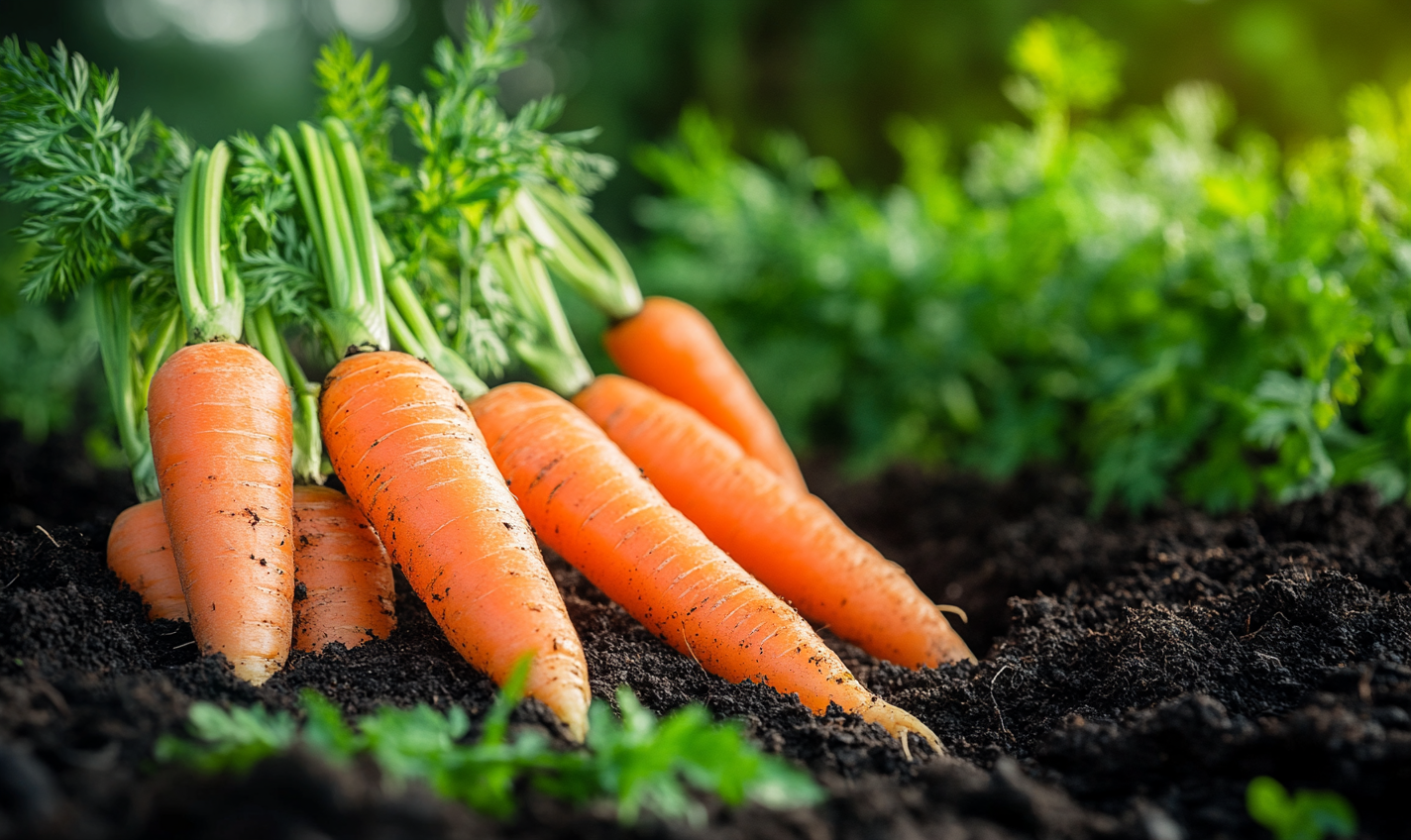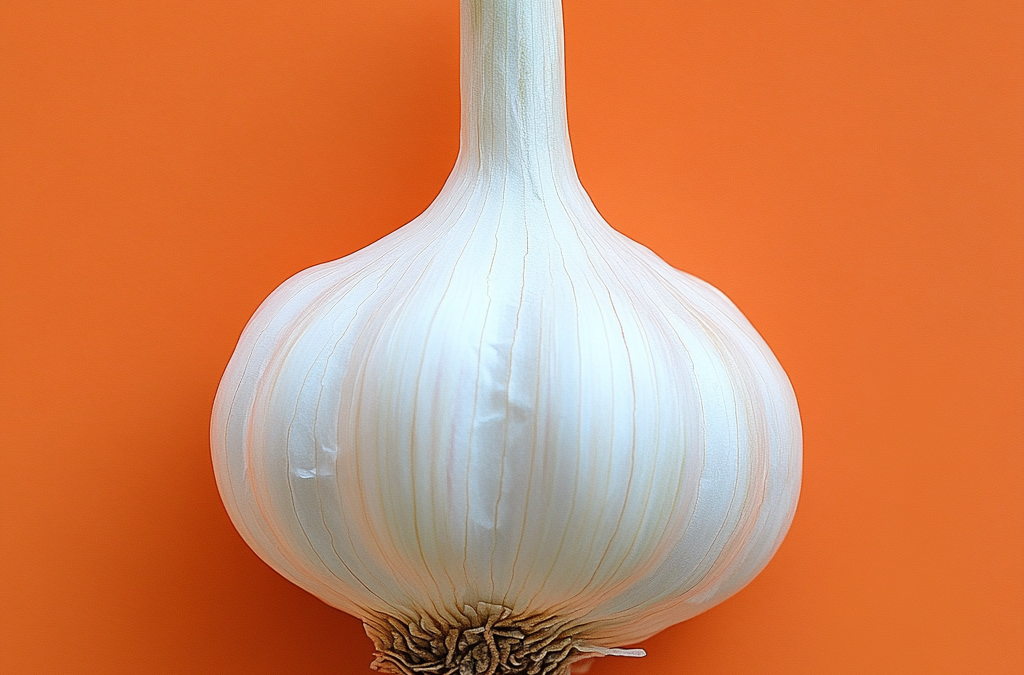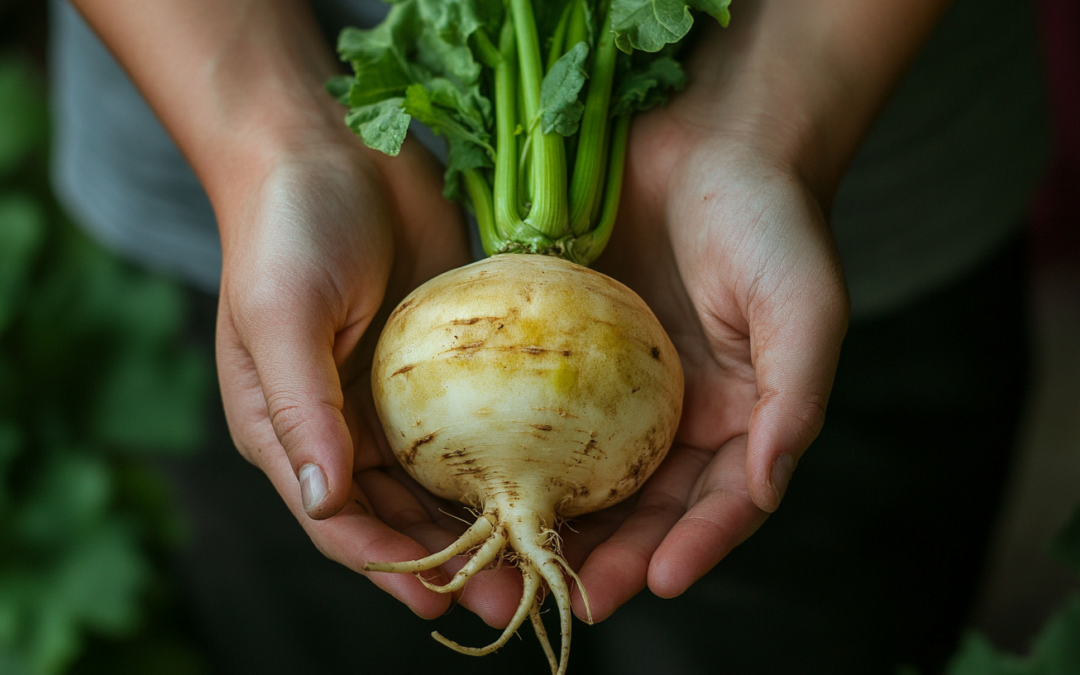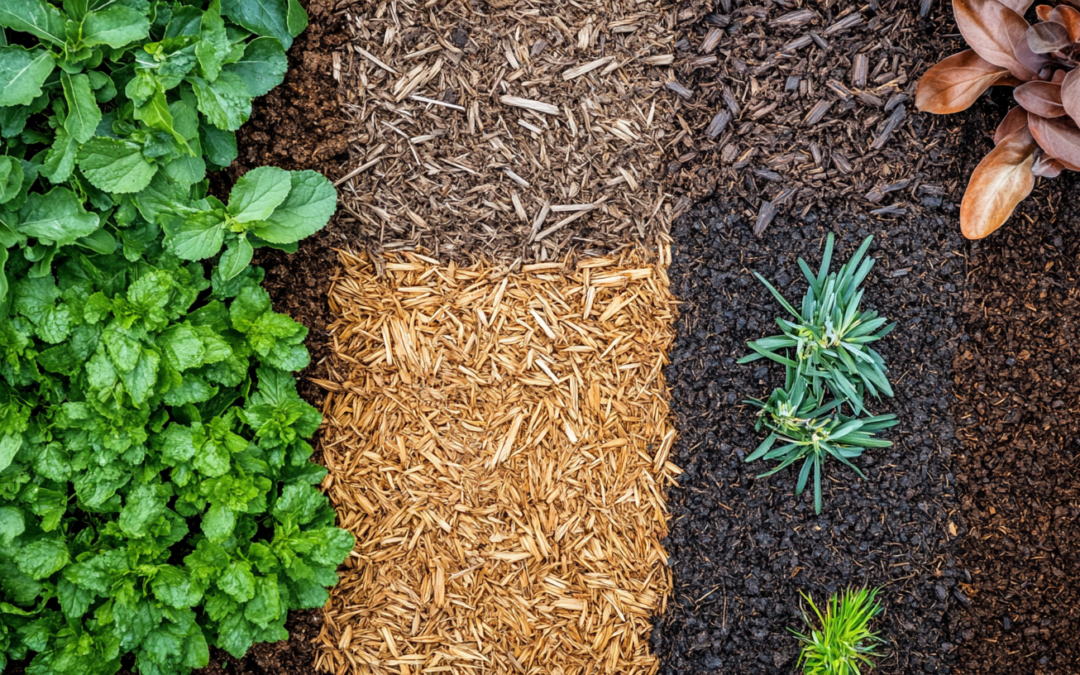Companion planting is a gardening technique where certain plants are grown together to benefit one another. In small spaces, this method is a game-changer, allowing you to grow more while keeping your garden organized and efficient. Here’s how to make the most of companion planting in your small garden:
1. What is Companion Planting?
Companion planting is all about pairing plants that work well together. Some plants help each other grow by improving soil health, attracting beneficial insects, or deterring pests. Others provide shade, support, or nitrogen to the soil, which benefits neighboring plants.
2. Space-Saving Benefits
In a small garden, space is precious. Companion planting helps you maximize every inch by pairing plants that can grow together in harmony. For example, planting taller crops like tomatoes next to shorter ones like lettuce or spinach creates a layered effect, utilizing both vertical and horizontal space.
3. Popular Companion Planting Combinations:
- Tomatoes & Basil: Basil enhances the flavor of tomatoes and helps repel pests like aphids and mosquitoes. Plus, basil’s compact size fits perfectly alongside tomatoes.
- Carrots & Onions: Onions can deter pests that attack carrots, while carrots’ deep roots help break up the soil, benefiting onions.
- Radishes & Lettuce: Radishes grow quickly, and their leaves can provide shade for slower-growing lettuce. Additionally, radishes help loosen the soil for lettuce to thrive.
- Beans & Corn: Beans naturally fix nitrogen in the soil, benefiting corn, which requires a lot of nitrogen. Beans can also climb the corn stalks, making efficient use of vertical space.
4. Pest Control with Companion Plants
Some plants naturally repel pests. For example, marigolds can deter aphids and nematodes, making them an excellent companion for many vegetables. Planting garlic or chives near your tomatoes can also help keep pests like spider mites and aphids at bay.
5. How to Plan Your Companion Garden
- Start with the Basics: Consider the height, spread, and growth habits of each plant. Taller plants should be placed behind or beside shorter ones to avoid shading them.
- Group Plants with Similar Needs: Pair plants that have similar water, light, and soil requirements to ensure they thrive together.
- Avoid Bad Companions: Some plants don’t play well together. For example, avoid planting beans next to onions or garlic, as they can stunt each other’s growth.
6. Companion Planting in Containers
If you’re working with containers, companion planting can still work wonders. Choose compact plants that thrive in pots and can share space. For example, try planting herbs like thyme or oregano alongside small vegetables like peppers or radishes in a single container.
7. More with Less
Companion planting is an excellent way to make the most of your small space garden. By pairing plants that benefit each other, you can increase yields, reduce pests, and create a thriving, harmonious garden. Whether you’re growing in containers, raised beds, or traditional soil, companion planting is an easy, natural way to maximize space and boost growth.
Happy planting! 🌱



